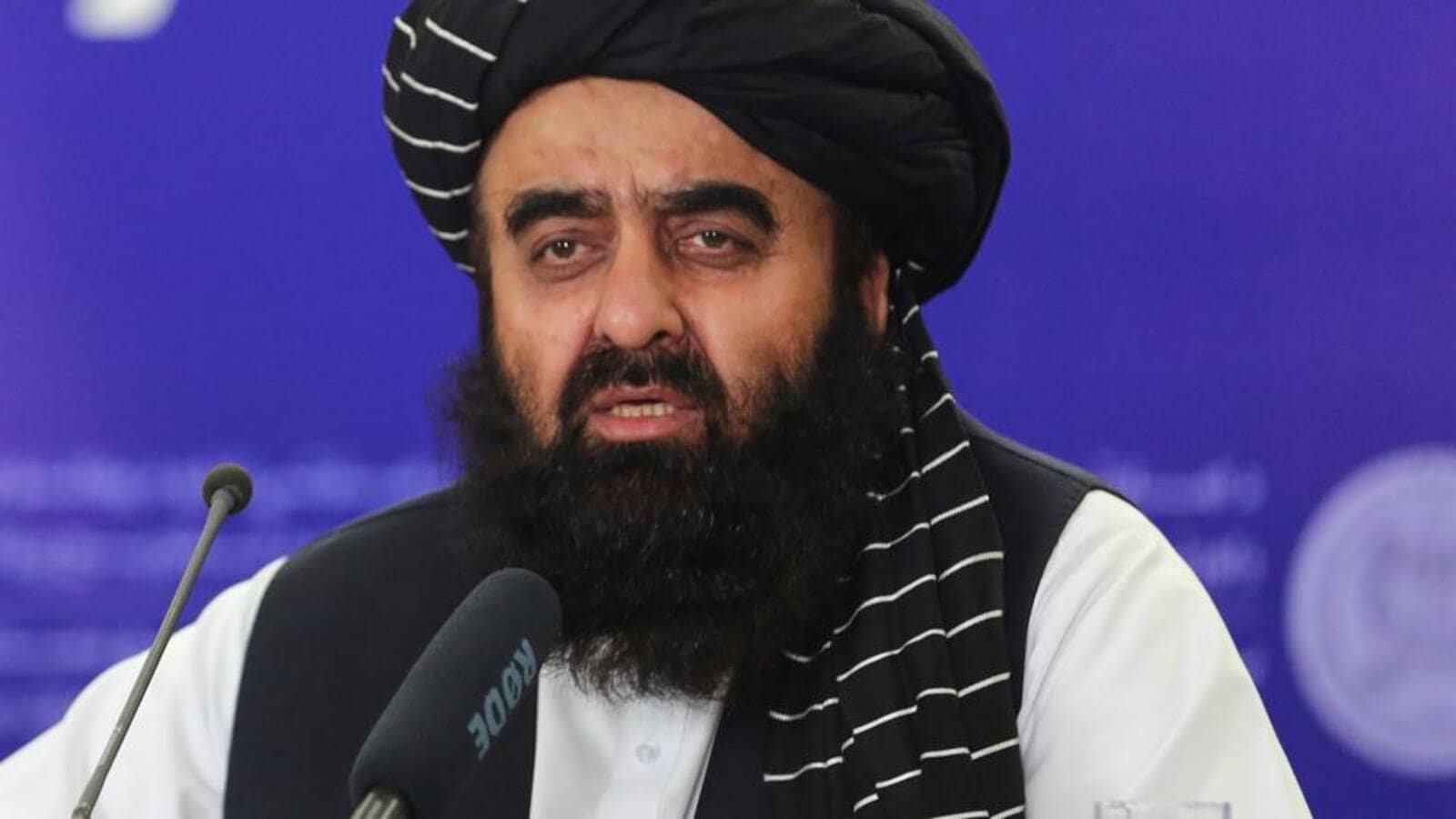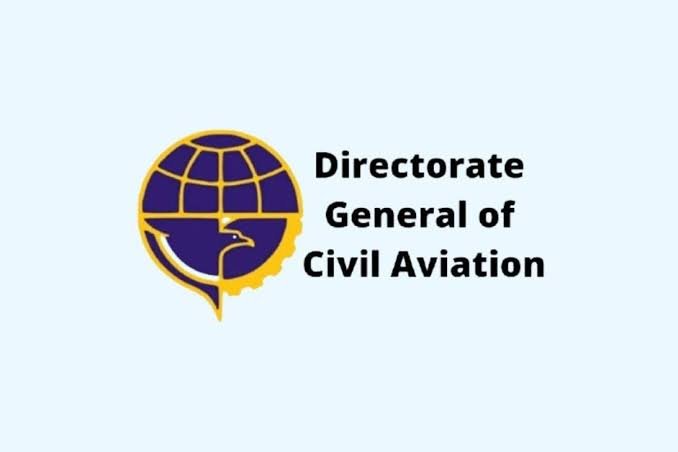Travel Guides & Articles
August Long Weekend Getaways 2025: Best Hotels and Homestays in India for the Independence Day weekend | Travel

August Long Weekend Alert: Independence Day Stays Across India Worth Booking Now
A Friday Independence Day means one thing: a perfect excuse to make most of this long weekend. Whether you’re craving cool mountain air, quiet countryside mornings, or sun-drenched beaches, this August 15 long weekend is your chance to slow down and check into a stay that makes the journey worth it. We’ve handpicked some truly special escapes across India: places with charm and stories. Think a boutique homestay tucked into a coffee estate or a coastal villa with a hammock calling your name!
Aura Life, Chandigarh
Just 25 minutes from the city, Aura Life is a private artist’s home-turned-boutique stay. Set across three acres, it offers two thoughtfully designed guest rooms—one minimal and earthy, the other airy with garden views. Home-cooked meals range from homestyle dals to Thai curries. It is run by a mother daughter duo: Anuja Lath, a renowned ceramic artist and Anya Gupta, who curates experiences and manages the stay.
Aalia Jungle Retreat and Spa, Haridwar
This luxurious tented camp, from the illustrious Claridges Collection offers an immersive wildlife experience. Nestled adjacent to Rajaji National Park, guests can embark on thrilling safaris to spot tigers, leopards, and other wildlife. The retreat’s 11 opulent tents blend colonial charm with modern comfort. Beyond safaris, guests can enjoy a range of activities, from wellness treatments to nature walks.
voco Jim Corbett, Corbett National Park
India’s first voco hotel, spread over 13.5 acres right by the Kosi River in Dhikuli, is a must visit for travellers who don’t mind the buzz of wildlife yet the quietude of this riverside retreat. Its location, at the foothills of the Mailani range, affords you gorgeous views surrounded by lush greenery (and the tigers of Corbett). The 70 rooms are super cosy with gorgeous views that make you want to kick back and relax all day. Sure, you can head check out spots like Garija Temple and Corbett Waterfall, but there’s plenty to do right at the hotel. Think morning yoga, splashing around in the pool, badminton on green lawns, or chilling with snacks under the mango trees.
Villa The Winter Line by StayVista, Kasauli
Loved by actor Vijay Deverakonda, this cosy hillside homestay blends rustic charm with modern comfort. Expect warm wooden interiors, panoramic Himalayan views, and plenty of natural light. Spend your days lounging by the fireplace, barbecuing on the terrace, or hiking nearby trails. Kasauli’s Mall Road, Monkey Point, Sunset Point, and Christ Church are all just a short drive away.
Parijaat, Goa
Hidden in bustling Anjuna, Parijaat is a dreamy two-bedroom homestay surrounded by paddy fields and palm trees. Designed with vintage charm and dotted with handcrafted details, the home opens to a lush garden, pool and veggie patch. Meals are hyperlocal—think homegrown greens and ghee from a nearby shelter.
The Westin Resort & Spa, Himalayas
Celebrate the long weekend with stillness, flavour, and a touch of tradition at The Westin Himalayas. The itinerary includes flag hoisting, cultural performances, Janmashtami’s Matka Phod, wellness talks with the in-house Ayurveda expert, and Handpan Sound Healing sessions. Foodies can savour Chef Dhar’s Laapi Chokha and a Flavours of North India menu while Toya offers upscale Asian dining. Evenings come alive with Garhwali hi-tea, local brews, and the rhythm of the Ganga Aarti.
Amaraanth, Goa
This August, trade the chaos of city life for the barefoot luxury of Amaraanth, a chic 12-suite hideaway tucked along South Goa’s unspoiled Fatrade Beach. Designed for the discerning traveller who craves both stillness and soul, Amaraanth is where slow living meets sensory indulgence—think South Indian breakfasts in sun-dappled courtyards, curated art by masters like Subodh Kerkar, IV vitamin drips and outdoor bathing rituals at the HVN spa, and feni-forward cocktails at The Lab, their zero-waste bar. With chef Ritu Dalmia at the helm of the Amaraanth Kitchen, every meal is a celebration of local produce and coastal flavours.
Tanglewoods, Coorg
Tucked away on the outskirts of Madikeri, this lovingly restored heritage bungalow sits amidst 12 acres of lush, secluded forest, offering uninterrupted views of rolling hills and misty valleys. The two-level home features three spacious bedrooms with attached modern bathrooms, a cozy dining and drawing room, and a breathtaking sit-out that opens up to panoramic vistas. While you’re surrounded by wilderness, you’re never too far from the conveniences of town.
SaffronStays Araqila, Sindhudurg
Spread across 55 acres where the Sahyadris meet the Arabian Sea, this modern-day coastal fortress is a rare blend of nature, heritage, and mindful design. With 25 sea-facing suites, open-air courtyards, forest trails, and an amphitheatre overlooking the ocean, every corner invites reflection and rest. Built using local laterite stone and inspired by traditional Konkan architecture, Araqila celebrates the region’s coastal heritage while offering contemporary comfort. Located just 45 minutes from Goa’s MOPA Airport, it’s the perfect setting for soulful getaways, wellness retreats, and slow living by the sea.
Travel News – Find latest news and tips based on Indian and World travel including top 10 travel destination, tourism information, how to reach visit and more at Times Now.
Travel Guides & Articles
Taliban minister planned India visit; Pak-led UN panel rejects travel ban waiver

NEW DELHI: Taliban foreign minister Amir Khan Muttaqi called off a planned visit to India this month after failing to secure a waiver to a travel ban imposed under UN Security Council sanctions, people familiar with the matter said.
If the visit had gone ahead, Muttaqi would have been the first minister from the Taliban setup in Kabul to travel to India since the group seized power in Afghanistan after the collapse of the Ashraf Ghani government in August 2021. All Taliban leaders sanctioned by the UN Security Council have to secure a waiver for foreign travel.
Pakistan currently heads the 1988 sanctions committee of the UN Security Council that oversees the implementation of the travel ban, an assets freeze, and an arms embargo related to sanctioned Taliban leaders, and the people cited above said on condition of anonymity that Islamabad is believed to have been behind the move to deny Muttaqi a waiver.
Also Read: Trump says India, Russia ‘lost’ to ‘darkest China’. New Delhi says no comments
The 1988 sanctions committee includes all 15 members of the Security Council, and a waiver can be blocked if even one member objects to it. Muttaqi’s planned visit to Pakistan last month was called off after the US reportedly objected to a waiver.
When external affairs ministry spokesperson Randhir Jaiswal was asked at a weekly media briefing about reports of Muttaqi’s planned visit to India, he replied: “As you are aware, we have longstanding ties with the people of Afghanistan. India continues to support the aspirations and developmental needs of the Afghan people.
“We continue to have engagements with Afghan authorities. If there is an update on this account, we will share it with you.”
The people said a waiver for Muttaqi was sought from the 1988 sanctions committee but it wasn’t granted. The planned visit to India was being seen as a follow-up to a phone call between Muttaqi and external affairs minister S Jaishankar in May – the first such interaction between the two sides.
Also Read: India will ‘undoubtedly’ keep buying Russian oil, says Nirmala Sitharaman
The phone conversation also built on a meeting between Muttaqi and foreign secretary Vikram Misri in Dubai in January and came against the backdrop of tensions between India and Pakistan. The Taliban had also condemned the Pahalgam terror attack in April.
India has quietly built up its contacts with the Taliban leadership in recent years, mainly to protect regional interests at a time when China has sought to expand its footprint in Afghanistan, and Muttaqi and Jaishankar had spoken on the phone again on September 1 after New Delhi dispatched relief materials to help the victims of a devastating earthquake that struck the Afghan province of Kunar.
The people said that Muttaqi’s visit had only been called off, and it is expected to go ahead in the coming months once the issue of the waiver on the travel ban is addressed.
Travel Guides & Articles
North East Aviation summit boosts regional growth

The Ministry of Civil Aviation organised the North East Region Ministers’ Conference on Civil Aviation 2025 and the 3rd North East Aviation Summit in Itanagar, Arunachal Pradesh. The event brought together key leaders including Shri Pema Khandu, Chief Minister of Arunachal Pradesh, as Chief Guest, and Shri Rammohan Naidu, Union Minister for Civil Aviation, as Guest of Honour. Senior ministers from Mizoram, Sikkim, and Assam also participated, reflecting the collective importance given to aviation-led development in the region.
In his inaugural address, Shri Pema Khandu highlighted the critical role of transportation connectivity in driving growth in the North East. He noted that in the last decade, the region has witnessed unprecedented progress in aviation infrastructure. With schemes like UDAN, long-cherished dreams of Arunachal Pradesh residents to have their own airports have been fulfilled, transforming the socio-economic landscape of the state and the broader region.
Union Minister Shri Rammohan Naidu stressed the importance of strengthening Centre-State-Industry partnerships to accelerate aviation growth. He emphasised that enhanced connectivity is vital for border access, tourism promotion, cargo movement, and industrial development. The Minister urged states to expand tourism infrastructure and skilling programs to complement aviation growth, noting that employment opportunities for youth must be prioritised alongside infrastructure expansion.
The Minister shared that operational airports in the region have increased from nine in 2014 to sixteen at present. Aircraft movements have nearly doubled, while domestic passenger traffic has tripled. To support further expansion, the Centre will offer four pre-feasibility studies annually for new Greenfield airports at no cost, enabling states to plan their aviation projects without financial constraints.
During discussions, state leaders highlighted how aviation connectivity will strengthen tourism, trade, healthcare, emergency services, and entrepreneurship. They underscored the role of new airports, heliports, and cargo facilities in reducing travel time, boosting exports of local products, and attracting investments. Industry players, including airlines, OEMs, MROs, cargo operators, and drone companies, engaged in dialogues to identify investment opportunities and address implementation challenges.
Looking ahead, the Ministry announced its flagship event Wings India 2026, scheduled from 28–31 January 2026. Organized with AAI and FICCI, the event will serve as a global platform to showcase India’s aviation growth story, promote policy dialogue, and foster international partnerships. With these initiatives, civil aviation is set to become a transformative enabler of Viksit Bharat @2047, giving new wings to North East India’s aspirations.
Travel Guides & Articles
DGCA unveils draft fatigue risk management framework

The Directorate General of Civil Aviation (DGCA) has introduced a draft framework on Fatigue Risk Management System (FRMS) for Indian airlines, aimed at addressing pilot and cabin crew fatigue with a scientific, data-driven approach. Released on September 4, 2025, the draft highlights a performance-based model that goes beyond traditional duty-hour and rest regulations.
Unlike prescriptive rules that only set maximum flight duty periods, FRMS focuses on understanding how fatigue develops in real-world conditions. It incorporates bio-mathematical fatigue models, sleep and activity tracking, self-reporting by crew, and analysis of safety-event data. The DGCA clarified that FRMS will remain optional, allowing airlines to either continue with existing Flight Duty Time Limitations (FDTL) or adopt FRMS if they can prove its effectiveness through data and safety audits.
For airlines choosing to implement FRMS, a comprehensive policy approved by senior management will be mandatory. This policy must cover scheduling practices, fatigue reporting systems, corrective measures, and training. Carriers will be required to demonstrate to the DGCA that their systems meet defined safety performance targets through audits, oversight reviews, and regular data submissions. If successful, operators may receive flexibility in rostering beyond current FDTL limits, provided safety is not compromised.
The framework also shifts responsibility to both crew and operators. Pilots and cabin crew are expected to monitor their rest, maintain sleep logs, and report fatigue, while airlines must create a supportive environment where fatigue reporting is encouraged without penalties. The regulator emphasised that effective FRMS requires trust and collaboration between management and staff.
The move comes amid rising global concern over fatigue as a major flight safety risk. India has witnessed growing debate on this issue, with reports of extended duty hours and insufficient rest periods despite revised FDTL regulations. Aviation experts point out that a pilot can still suffer fatigue even within legal duty limits due to irregular hours, commuting time, and disrupted sleep cycles.
The draft aligns with International Civil Aviation Organisation (ICAO) guidelines but has been tailored for Indian conditions. DGCA has invited feedback from airlines, pilot associations, and the public until September 15, after which the framework will be finalized. Once adopted, FRMS could provide Indian aviation with a modern, flexible, and science-based system to safeguard both crew wellbeing and passenger safety.
-

 Business1 week ago
Business1 week agoThe Guardian view on Trump and the Fed: independence is no substitute for accountability | Editorial
-
Tools & Platforms4 weeks ago
Building Trust in Military AI Starts with Opening the Black Box – War on the Rocks
-

 Ethics & Policy1 month ago
Ethics & Policy1 month agoSDAIA Supports Saudi Arabia’s Leadership in Shaping Global AI Ethics, Policy, and Research – وكالة الأنباء السعودية
-

 Events & Conferences4 months ago
Events & Conferences4 months agoJourney to 1000 models: Scaling Instagram’s recommendation system
-

 Jobs & Careers2 months ago
Jobs & Careers2 months agoMumbai-based Perplexity Alternative Has 60k+ Users Without Funding
-

 Education2 months ago
Education2 months agoVEX Robotics launches AI-powered classroom robotics system
-

 Funding & Business2 months ago
Funding & Business2 months agoKayak and Expedia race to build AI travel agents that turn social posts into itineraries
-

 Podcasts & Talks2 months ago
Podcasts & Talks2 months agoHappy 4th of July! 🎆 Made with Veo 3 in Gemini
-

 Podcasts & Talks2 months ago
Podcasts & Talks2 months agoOpenAI 🤝 @teamganassi
-

 Education2 months ago
Education2 months agoMacron says UK and France have duty to tackle illegal migration ‘with humanity, solidarity and firmness’ – UK politics live | Politics





















